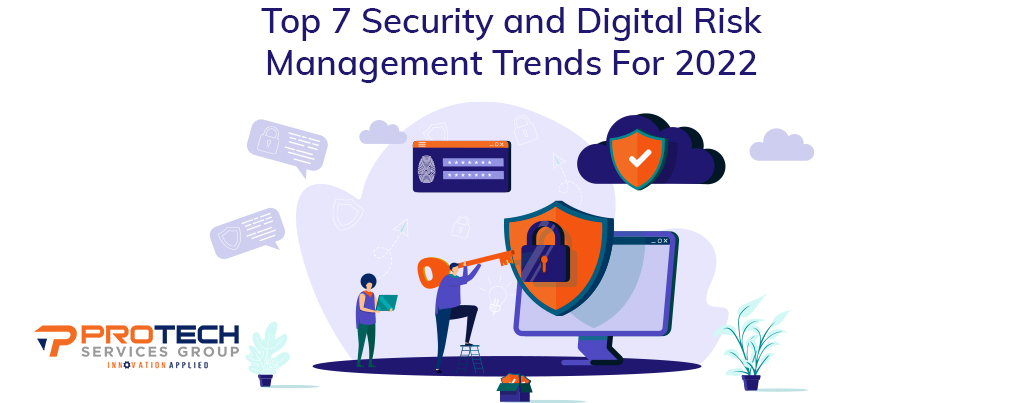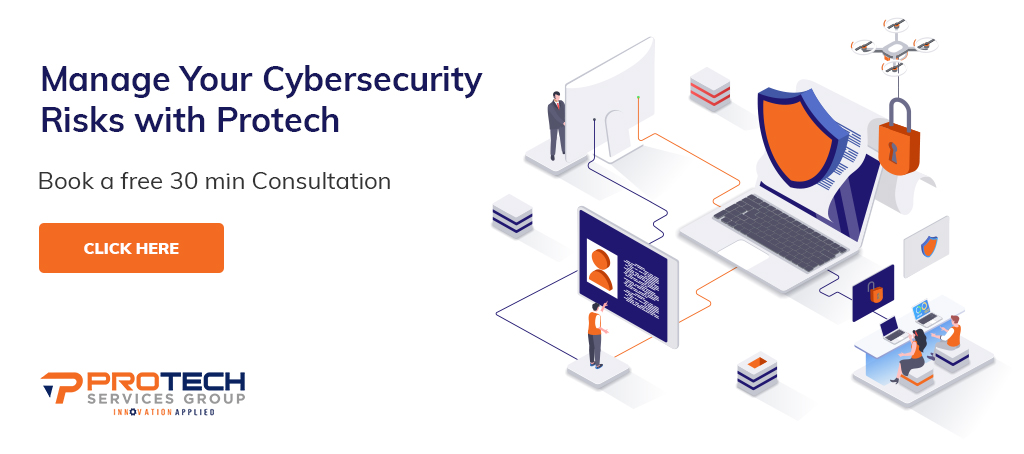Security and risk management leaders must be aware of the top seven trends to be able to protect the digital footprint of modern organizations against any new threats in 2022, and in the future. Organizations all across the world are facing ransomware, digital supply chain attacks, and more challenging vulnerabilities. Due to the pandemic, hybrid work and the shift to the cloud accelerated. This challenged CISOs to secure an increasingly distributed enterprise. This was challenging since many CISOs were dealing with a lack of a skilled security staff. These challenges are associated with these three main trends: (i) New responses to sophisticated threats, (ii) The evolution and reframing of the security practice, (iii) Rethinking technology. These are the following trends that will have a large impact across those three domains:
Trend 1: Digital Supply Chain Risk
As many vulnerabilities spread throughout the supply chain, more threats are expected to emerge because many cybercriminals have now discovered that attacks on the digital supply chain can result in a high return on investment (ROI). Digital supply chain risks are now demanding new mitigation approaches that involve more deliberate risk-based vendor/partner segmentation and scoring, security control evidence and secure best practices, as well as improved efforts to get ahead of upcoming regulations.
Trend 2: Allocating Decisions
The needs and expectations of enterprise cybersecurity are maturing, and many executives now require more agile security through an expanding attack surface. Therefore, the scope, scale, and complexity of digital business requires cybersecurity decisions, accountability, and responsibility to be equally distributed across the units of the organization and away from a centralized function.
Trend 3: Beyond Awareness
A continuous factor in many data breaches is human error, which proves that traditional approaches to security awareness training are actually ineffective. Advanced organizations are now investing in extensive security behavior and culture programs (SBCPs), rather than outdated compliance-centric security awareness campaigns. An SBCP is focused on discovering new ways of thinking and implementing new behavior with the intent to establish more secure ways of working across the organization.
Trend 4: Attack Surface Expansion
The attack surfaces on enterprises are expanding. The risks associated with the use of cyber-physical systems and cloud applications, open-source code, social media, complex digital supply chains, and many more have brought an organization’s exposed surfaces outside of the controllable assets. To be able to manage a wider set of security exposures, many organizations must look beyond many traditional approaches to detection, monitoring, and response. To automate the discovery of security coverage gaps, digital risk protection services, cyber asset attack surface management, and external attack surface management technologies support CISOs in visualizing internal and external business systems.
Trend 5: Cybersecurity Mesh
The integration of security architecture components is driven by the security product consolidation trend. Regardless, there is still a need to characterize steady security policies, exchange data between solutions, and enable workflows. A cybersecurity mesh architecture (CSMA) helps to provide a more common, combined security structure and posture to secure all assets, whether they’re in data centers, on the cloud, or on-site.
Trend 6: Vendor Consolidation
The merging of security technology is increasing, motivated by the need to reduce complexity and administrative overhead, while increasing effectiveness. There are currently new platform approaches such as extended detection and response (XDR), security service edge (SSE), and cloud-native application protection platforms (CNAPP) that are increasing the benefits of combining solutions.
Trend 7: Identity Threat Detection and Response
Identity threat detection and response should now be a base operation within all organizations. This is a very proactive approach to be aware of any potential threats and deliver the appropriate responses. Identity threat detection and response tools (ITDR) help to protect identity systems, detect when they are compromised, and enable an efficient response.
There are many trends today in cybersecurity threats that security leaders need to be well aware of. Cybersecurity is an increasing concern for most businesses. When choosing Protech, we will create a layered security approach that helps to mitigate risks and keeps users informed. Our approach is designed specifically to work with a wide range of services and resources to create an overall cybersecurity plan that will protect you from any threats and keep you prepared for any inevitable attacks. We can help lower your risks and build a plan that will recover your business and get it back up and running if anything does happen.










